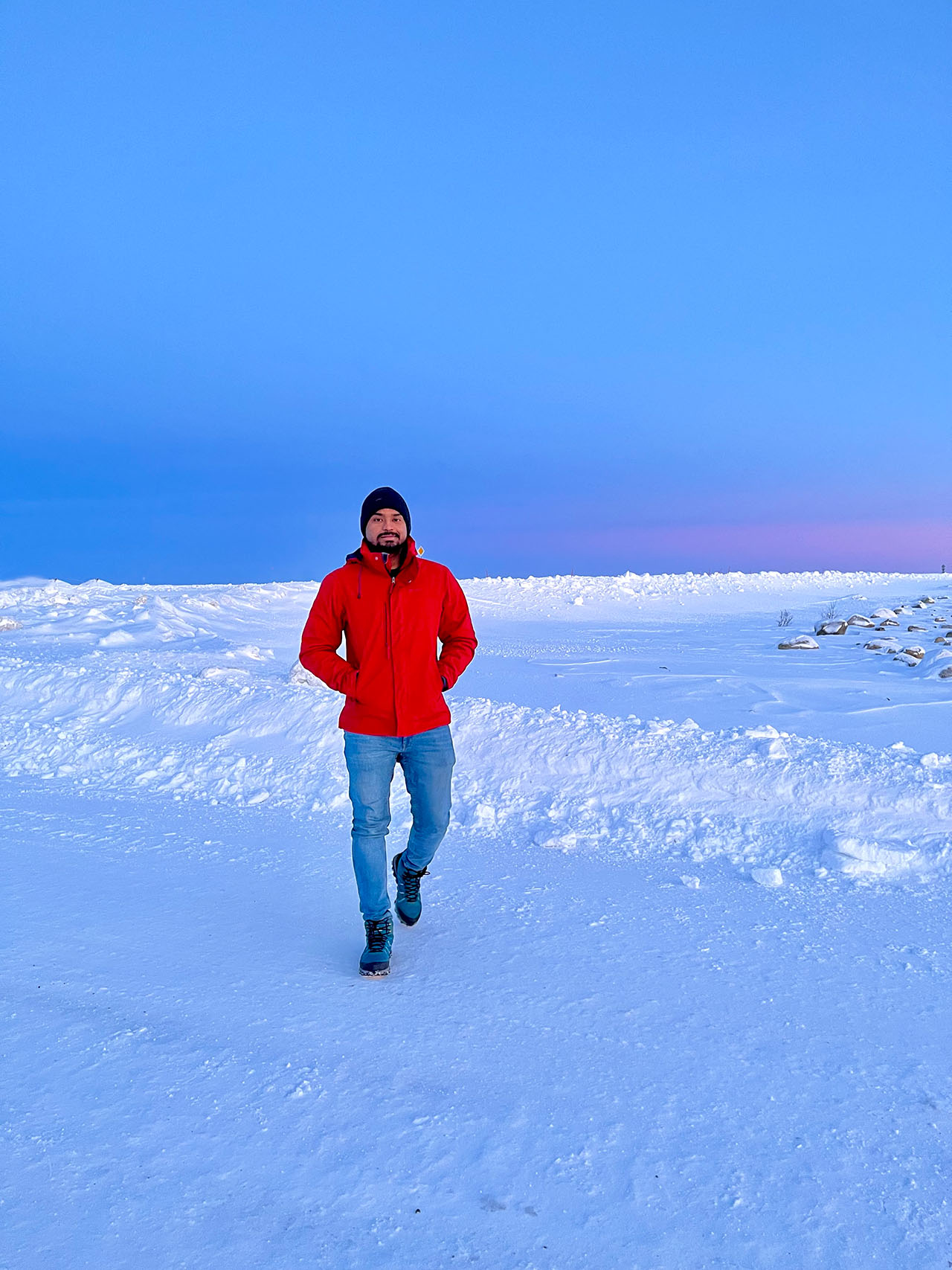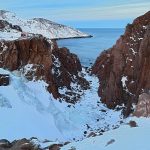Surviving the Arctic: A Look at the Daily Life of Russia’s Northern Residents

Arctic life in Russia is one of the harshest and most isolated lifestyles in the world. Located in the northernmost part of Russia, the Arctic region is characterized by harsh and extreme weather conditions, with temperatures often dropping below -40°C in winter and remaining below freezing point for most of the year. Despite these harsh conditions, the Arctic region is home to a number of indigenous communities, who have managed to adapt to the extreme environment and preserve their unique cultures and traditions.
The indigenous peoples of the Arctic, including the Nenets, Chukchi, and Yakuts, have lived in the region for thousands of years. Their traditional way of life is closely tied to the land and the sea, and they rely on hunting, fishing, and herding reindeer for their sustenance. Reindeer are especially important to the indigenous peoples of the Arctic, as they provide food, clothing, and transportation. The nomadic lifestyle of the indigenous peoples of the Arctic is a testament to their resilience and adaptability, as they are able to live and thrive in one of the harshest environments on earth.
Despite their strong connection to the land and sea, the indigenous peoples of the Arctic are facing numerous challenges in the modern world. Climate change is having a significant impact on the region, causing shifts in weather patterns and the melting of sea ice, which is crucial for hunting and fishing. Additionally, the expansion of oil and gas development in the Arctic is threatening the traditional way of life of the indigenous peoples, as it brings in new infrastructure and populations, which can disrupt the delicate balance of the Arctic ecosystem.
To preserve the unique cultures and traditions of the Arctic peoples, the Russian government has established a number of protected areas, including nature reserves and national parks. These areas serve as sanctuaries for the indigenous peoples and their way of life, as well as for the wildlife and ecosystems of the Arctic. Additionally, the Russian government has established programs to support the livelihoods of the indigenous peoples, including initiatives to promote traditional crafts and tourism, and to help sustain the populations of reindeer and other wildlife in the region.
One of the unique features of Arctic life in Russia is the presence of remote villages, where people live in isolation from the rest of the world. These villages are typically accessible only by boat or by plane, and are home to a tight-knit community of people who rely on each other for support and sustenance. Despite the harsh conditions and isolation, the people of these villages have a strong sense of community and a deep connection to their cultural heritage.
In conclusion, Arctic life in Russia is a testament to the resilience and adaptability of the human spirit. Despite facing numerous challenges, the indigenous peoples of the Arctic have managed to preserve their unique cultures and traditions, and to live in harmony with the harsh and extreme environment of the Arctic region. With the support of the Russian government and programs to promote traditional lifestyles and livelihoods, the future of the Arctic and its peoples looks bright.
Kirtiranjannayak



